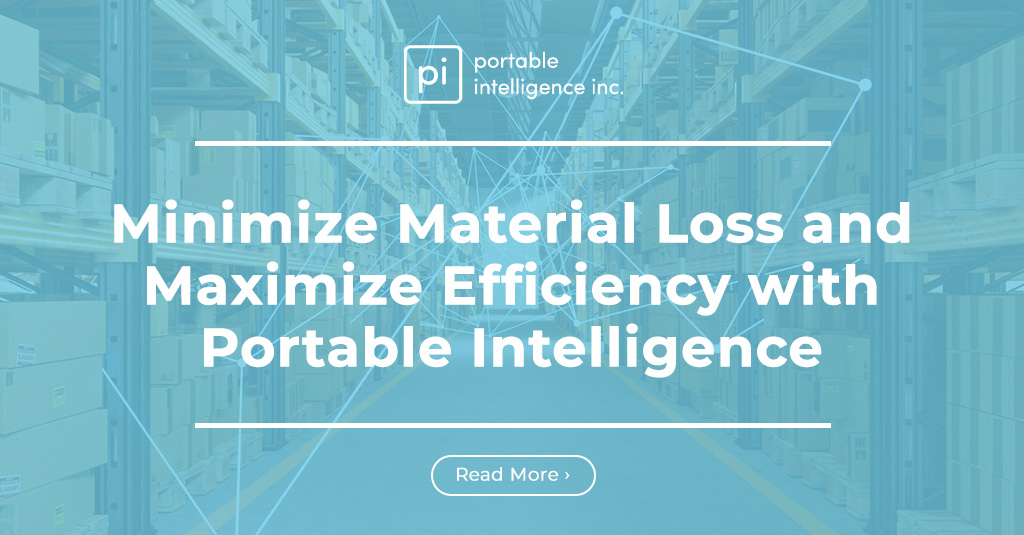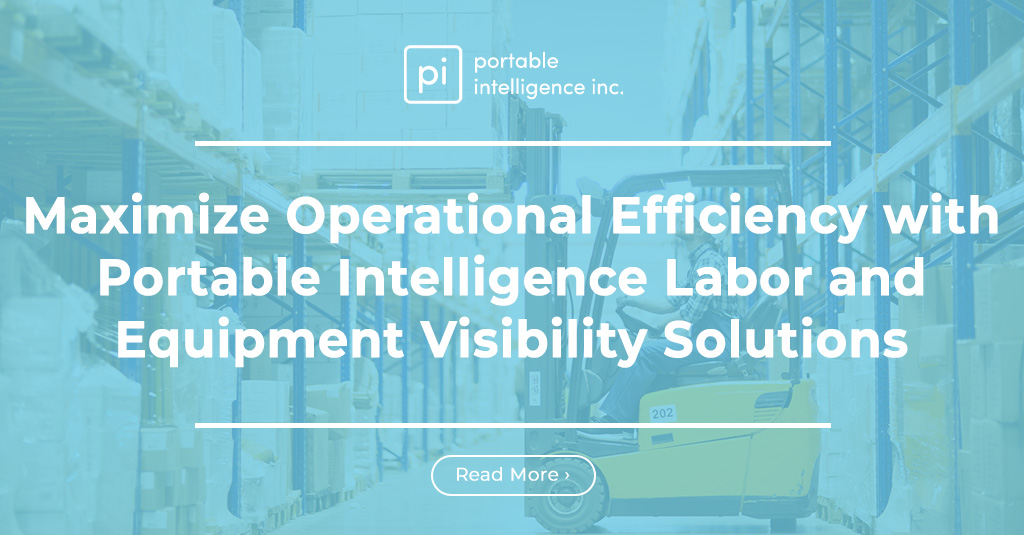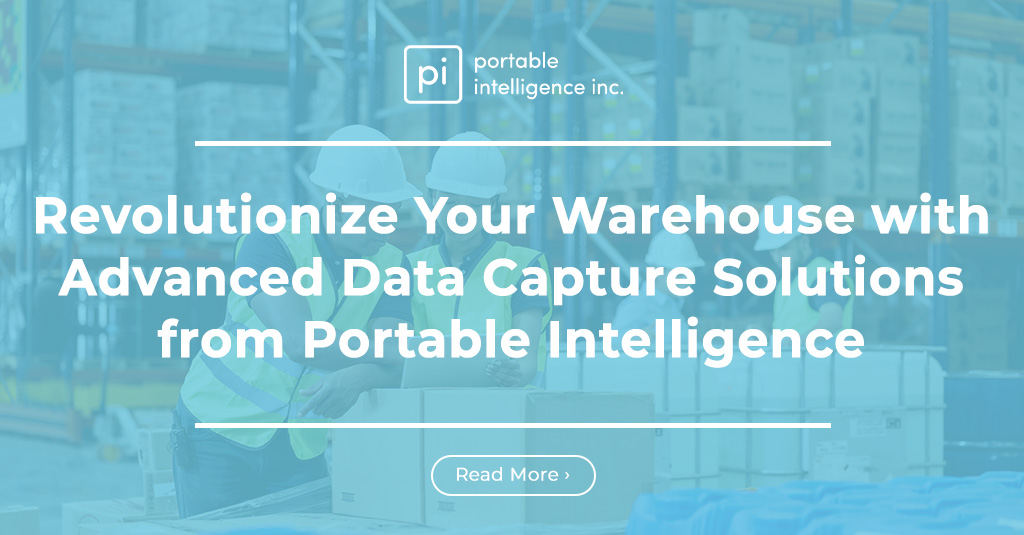A smart warehouse is a highly automated and data-driven warehousing system that leverages advanced technologies such as automation, IoT, AI, cloud computing, and blockchain to optimize operations and improve efficiency. The smart warehouse movement is rapidly gaining momentum as businesses strive to keep pace with the ever-increasing demands of consumers and the rapidly changing business landscape.
In this blog post, we will be taking a closer look at the technologies driving the smart warehouse movement. From automation and robotics to IoT, AI, cloud computing, and blockchain, we will explore the key components that are driving this transformation and the benefits they offer to businesses looking to optimize their operations.
The implementation of these technologies can help companies improve inventory management, reduce costs, increase accuracy, and streamline processes, all while enhancing customer satisfaction and driving growth. By embracing the smart warehouse movement, businesses can stay ahead of the curve in today’s rapidly changing business landscape.
Automation and Robotics
Automation and robotics play a crucial role in the smart warehouse movement. Automation involves the use of technology to perform tasks that would otherwise require human intervention. This includes tasks such as material handling, packing, and assembly. In a smart warehouse, automation and robotics are used to streamline operations, reduce errors, and improve efficiency.
There are a variety of robots that can be used in a smart warehouse setting, including automated guided vehicles (AGVs), pick-and-place robots, and palletizing robots. Each type of robot offers its own set of benefits and can be customized to meet the specific needs of a warehouse. For example, AGVs can be used to transport materials from one location to another within the warehouse, while pick-and-place robots can be used to quickly and accurately pick items from shelves and place them in storage or packaging containers.
The use of automation and robotics in a smart warehouse offers numerous benefits, including increased productivity, improved safety, and reduced labor costs. Automated systems can work 24/7 without breaks, reducing downtime and maximizing productivity. Additionally, robots can perform tasks that are too dangerous for humans, such as lifting heavy loads, improving safety for workers. By automating certain tasks, businesses can also reduce labor costs and free up employees to focus on more complex and value-added tasks.
Internet of Things (IoT)
The Internet of Things (IoT) is another key technology driving the smart warehouse movement. IoT refers to a network of connected devices and sensors that can collect, transmit, and analyze data. In a smart warehouse, IoT-enabled devices and sensors can be used to monitor and track the movement of goods and materials, as well as track and manage inventory levels in real-time.
Common IoT-enabled devices used in a smart warehouse include RFID (Radio-Frequency Identification) readers, barcode scanners, and temperature and humidity sensors. These devices work together to provide real-time data and insights into warehouse operations, allowing businesses to make informed decisions and optimize their processes.
The use of IoT in a smart warehouse offers a number of benefits, including improved visibility, enhanced security, and increased efficiency. With real-time data and insights, businesses can gain a deeper understanding of their operations and make data-driven decisions to improve their processes. Additionally, the use of IoT can help to enhance security by providing real-time monitoring and tracking of goods and materials, reducing the risk of theft and loss.
By leveraging the power of IoT, businesses can transform their warehouses into highly efficient and data-driven operations that can adapt and evolve to meet the changing needs of the business and its customers.
Artificial Intelligence (AI) and Machine Learning (ML)
Artificial Intelligence (AI) and Machine Learning (ML) are powerful technologies that are helping to drive the smart warehouse movement. AI refers to the development of computer systems that can perform tasks that typically require human intelligence, such as recognizing patterns, making decisions, and solving problems. ML, on the other hand, is a subfield of AI that focuses on building algorithms that allow systems to learn and improve over time.
In a smart warehouse, AI and ML can be used to optimize operations and improve efficiency. For example, AI can be used to predict demand, analyze data to identify areas for improvement, and make recommendations for process optimization. ML can be used to automate repetitive tasks and make predictions based on past data and patterns, such as predicting the likelihood of an item running out of stock.
The use of AI and ML in a smart warehouse offers a number of benefits, including improved accuracy, enhanced decision-making, and increased efficiency. By leveraging the power of AI and ML, businesses can optimize their operations, reduce costs, and improve customer satisfaction. Additionally, AI and ML can help businesses make better decisions by providing real-time data and insights into their operations.
The integration of AI and ML into smart warehouse operations is helping to drive the industry forward and is poised to become an even more important component in the future as businesses look to further optimize their operations and remain competitive in today’s rapidly changing business landscape.
Cloud Computing
Cloud computing is another technology that is playing a key role in the smart warehouse movement. Cloud computing refers to the delivery of computing services—including servers, storage, databases, networking, software, analytics, and intelligence—over the internet to provide faster innovation, flexible resources, and economies of scale.
In a smart warehouse, cloud computing can be used to store, manage, and analyze large amounts of data, as well as provide access to powerful computing resources and applications. With cloud computing, businesses can access real-time data and insights from anywhere, at any time, and on any device.
The use of cloud computing in a smart warehouse offers a number of benefits, including improved scalability, enhanced security, and increased collaboration. With the ability to store and manage large amounts of data, businesses can easily scale their operations to meet the changing needs of their business and its customers. Additionally, cloud computing provides enhanced security by storing data in highly secure, off-site data centers, reducing the risk of data loss or theft.
By leveraging the power of cloud computing, businesses can transform their warehouses into highly efficient, data-driven operations that can adapt and evolve to meet the changing needs of the business and its customers. Whether it’s improving supply chain management, optimizing inventory levels, or streamlining operations, cloud computing is helping businesses take their smart warehouse operations to the next level.
Augmented Reality (AR)
Augmented Reality (AR) is a technology that is increasingly being used in the smart warehouse movement. AR refers to the integration of digital information into the physical world, providing a layer of virtual information that enhances and expands our real-world experiences.
In a smart warehouse, AR can be used to improve worker efficiency and accuracy by providing real-time information and guidance. For example, AR can be used to display step-by-step instructions for tasks, such as picking and packing, helping workers to complete tasks faster and with fewer errors. AR can also be used to visualize information, such as inventory levels, in real-time, making it easier for workers to make informed decisions.
The use of AR in a smart warehouse offers a number of benefits, including improved worker efficiency, enhanced accuracy, and increased safety. By providing real-time information and guidance, workers can complete tasks faster and with fewer errors, improving overall efficiency and productivity. Additionally, AR can help to reduce the risk of workplace injuries by providing visual information and guidance, reducing the need for manual lifting and other physically demanding tasks.
As the technology continues to evolve and improve, AR has the potential to play an even larger role in the smart warehouse movement. Whether it’s improving worker efficiency, reducing errors, or increasing safety, AR is poised to become an essential tool in the smart warehouse of the future.
The smart warehouse movement is being driven by a number of innovative technologies, including the Internet of Things (IoT), Artificial Intelligence (AI) and Machine Learning (ML), Cloud Computing, and Augmented Reality (AR). Each of these technologies is helping to improve the efficiency, accuracy, and overall operation of smart warehouses, driving the industry forward and providing businesses with the tools they need to remain competitive in today’s rapidly changing business landscape.
The use of IoT in smart warehouses is helping businesses to collect and analyze real-time data, allowing them to make informed decisions and improve their operations. AI and ML are being used to automate repetitive tasks, make predictions, and optimize operations, providing businesses with a powerful tool to drive their operations forward. Cloud computing is helping businesses to store, manage, and analyze large amounts of data, while providing enhanced security and improved scalability. And AR is helping workers to complete tasks faster and with fewer errors, improving efficiency and increasing safety.
As these technologies continue to evolve and improve, the smart warehouse movement is poised to become an even more important component of the modern business landscape. Whether it’s improving supply chain management, optimizing inventory levels, or streamlining operations, the technologies driving the smart warehouse movement are helping businesses to take their operations to the next level.




